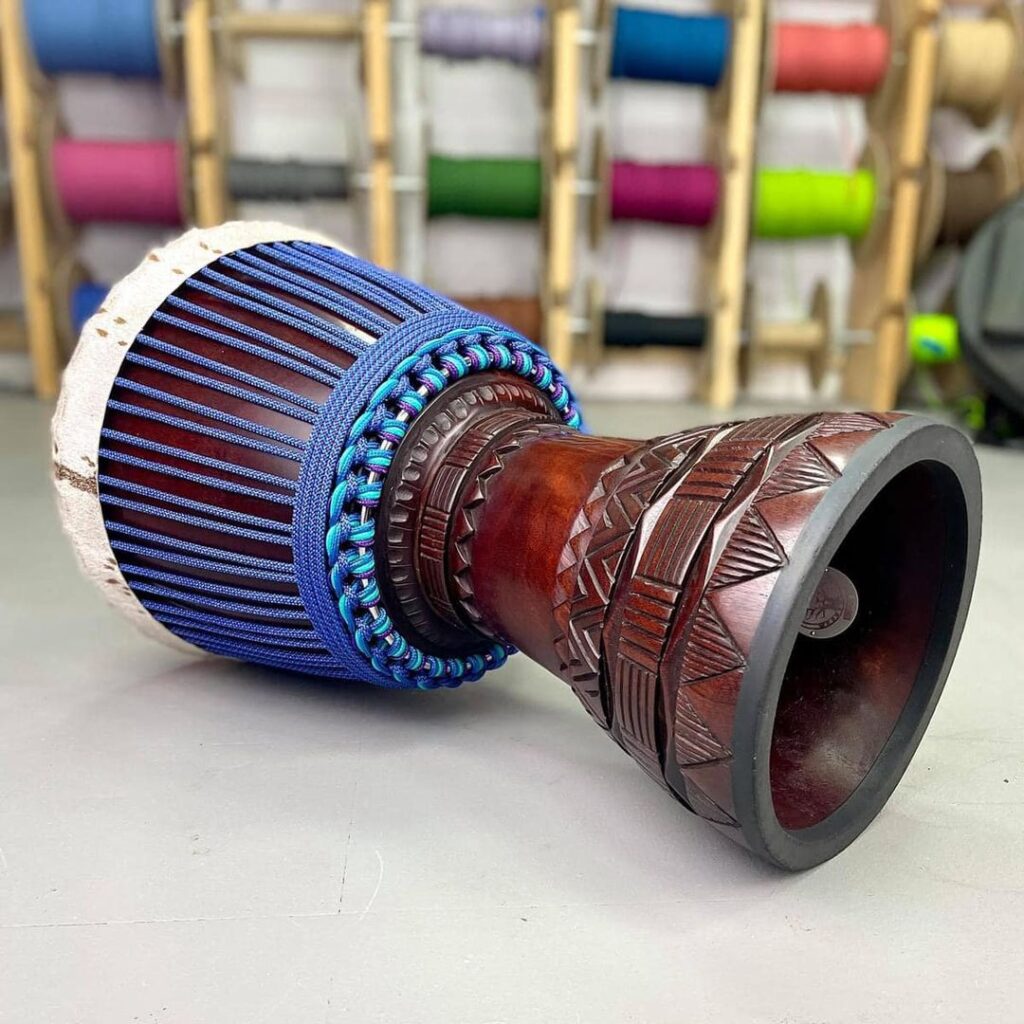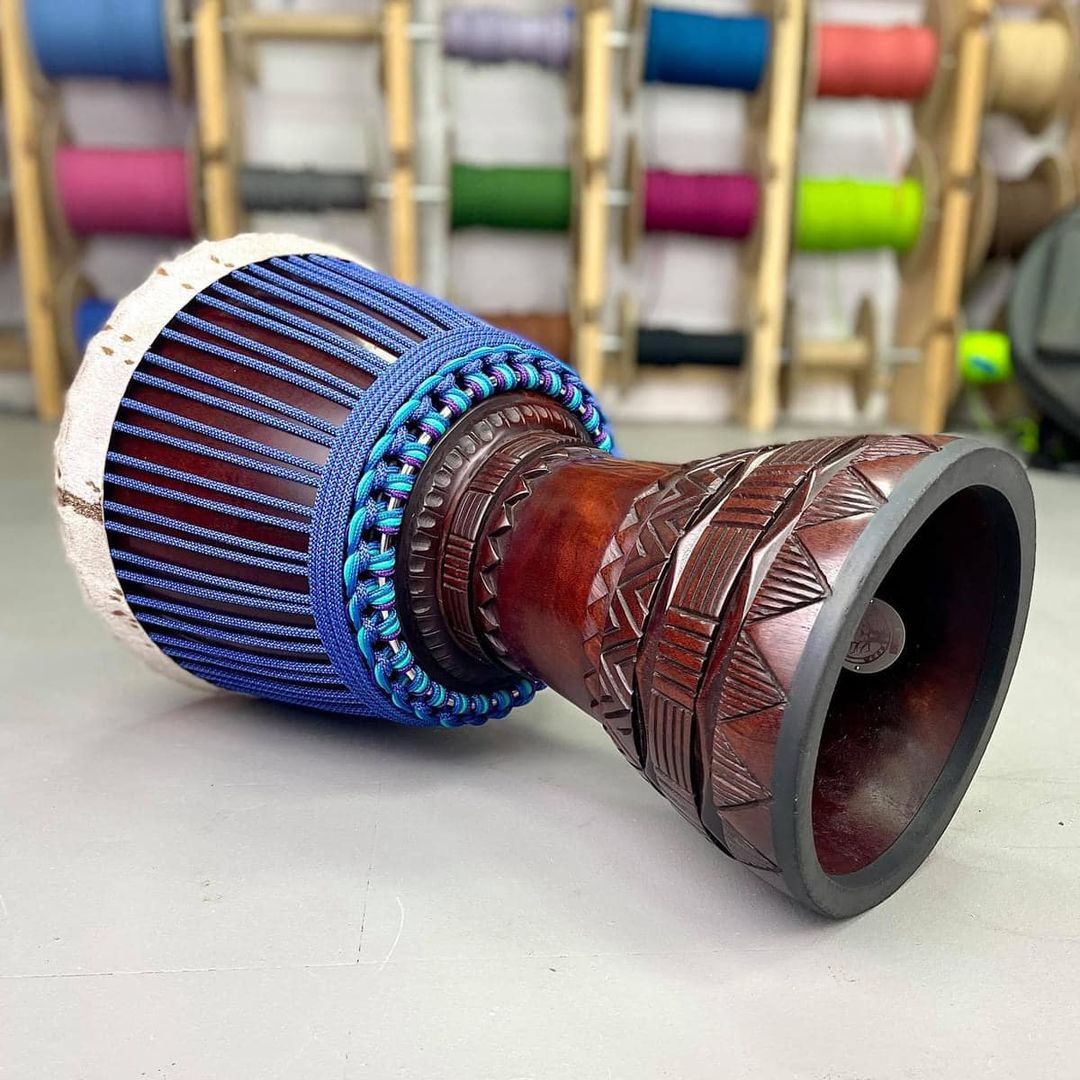I want to begin by expressing my deep respect for the drum circle community, a vibrant space where music and camaraderie flourish. Some of my dearest friends are passionately involved in this community, and their commitment to fostering joy and connection through drumming is truly inspiring. My intention here is not to insult or undermine the collective happiness that drum circles offer, as I have occasionally participated and have experienced firsthand the enriching social opportunities they provide.

However, there is a weight on my heart when I observe that for many people, their first introduction to drumming often centers around the Djembe, especially in these communal settings. While the Djembe is undeniably a beautiful and captivating instrument, I believe it’s crucial to recognize that its legacy and significance extend far beyond the parameters of mere recreational drumming in a circle.
The Djembe, with its roots anchored deeply in West African culture, embodies a complex and multifaceted history that deserves to be known and appreciated. Drumming through this instrument has historically played pivotal roles in various African communities, from celebrations and rituals to storytelling and communal bonding. There’s a rich tapestry of traditions, expertise, and cultural practices tied to the Djembe that often gets overshadowed in the context of casual drum circles.
The reason I feel compelled to share these thoughts is driven by a genuine desire for education and awareness. I hope that by reflecting on such matters, individuals within the drum circle community—and beyond—might be inspired to explore the rich history and culture surrounding the drum. It’s vital for us to understand the complex narratives surrounding drumming traditions, especially the ways in which these traditions were often suppressed in the United States and other areas impacted by slavery. These stories are not just history; they serve as poignant reminders of resilience, resistance, and cultural survival.
This isn’t an attempt to criticize drum circles; rather, it’s an invitation to delve deeper into the depth and meaning behind these instruments. We find ourselves in a unique position today where access to percussion instruments like the Djembe is far more widespread than it has been in the past. This increased access brings with it a responsibility—a responsibility to honor and respect the cultures and histories each drum represents. Rather than allowing them to be rebranded or redefined in ways that may overlook their significance, we must strive to truly appreciate the stories woven into the fabric of these instruments.
To foster such appreciation, we need to engage in intentional learning and dialogue. This might include exploring literature that discusses the historical context of drumming, attending workshops led by knowledgeable practitioners, or inviting speakers who can share the cultural legacies of the instruments we love. Understanding the craftsmanship and cultural significance behind these drums can deepen our connection to them, transforming our enjoyment into a meaningful engagement that respects tradition.
Thank you for allowing me to share my perspective. I hope that these thoughts encourage all of us to cultivate a more profound appreciation for the art form we all cherish, embracing the myriad ways it manifests and connecting us to a broader cultural landscape. Together, we can recognize and celebrate the diversity of expressions within the drumming community, enriching our collective experience and honoring the sacred traditions that continue to influence contemporary music and performance.

